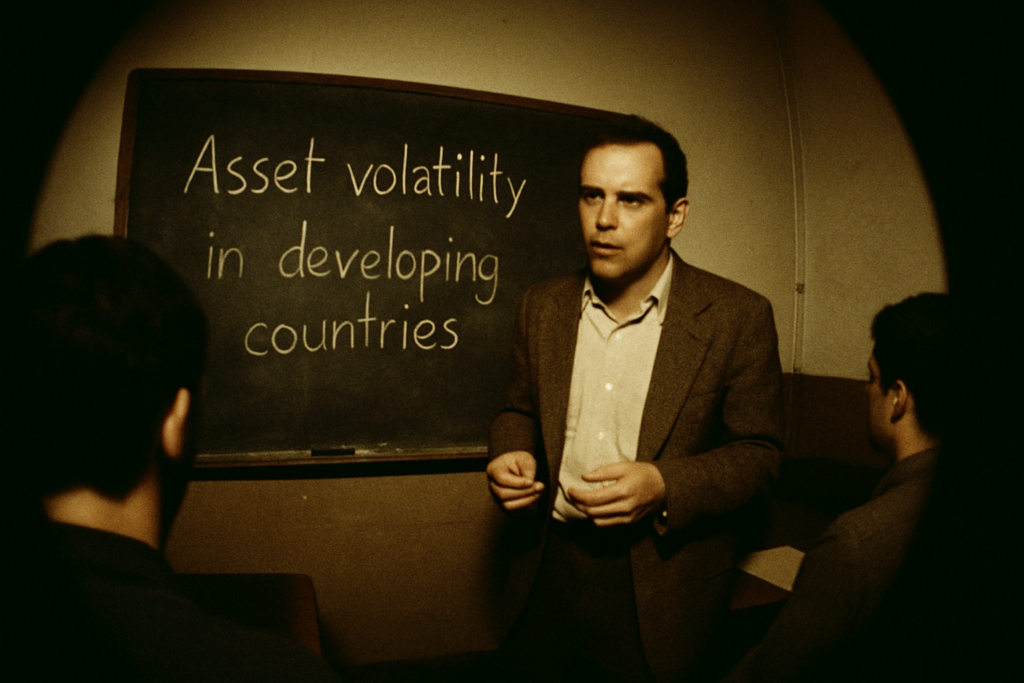Understanding Risk Management
Risk management involves identifying, assessing, prioritizing, and addressing potential risks. It serves to minimize the likelihood and impact of unforeseen events. Businesses use it to enhance decision-making processes, boost organizational resilience, and safeguard assets.
- Risk Identification: Detecting potential risks that could negatively impact objectives. Strategies include SWOT analysis and expert interviews.
- Risk Assessment: Evaluating the likelihood and impact of identified risks. Methods such as risk matrices or probability-impact diagrams offer clarity.
- Risk Prioritization: Ranking risks based on their severity and occurrence potential. Focus is directed towards the most critical risks first.
- Risk Mitigation: Implementing actions to reduce risk impact. Mitigation plans may involve policy changes, process adjustments, or choosing alternative paths.
Understanding these components offers a roadmap for proactive risk management. Each step builds on the previous one, ensuring comprehensive risk coverage.
Importance of Risk Management in Business
Risk management plays a crucial role in ensuring business stability and growth. Identifying potential threats, businesses can prepare strategies to counteract adverse impacts. Strong risk management enables informed decision-making by providing a clear picture of possible challenges. Businesses maintain continuity during crises if they assess and address risks proactively.
Effective risk management enhances reputation and stakeholder trust. Organizations demonstrating preparedness attract confidence from investors and clients. Moreover, a robust risk management framework improves operational efficiency by minimizing disruptions and optimizing resources. By reducing incidents of financial losses and legal liabilities, businesses can improve profitability and long-term performance.
Overview of Risk Management Tools

An integral part of comprehensive risk management involves utilizing a variety of tools to enhance the accuracy and effectiveness of assessing and controlling risks.
Risk Assessment Tools
When gauging potential threats, several assessment tools stand out. Risk matrices provide a visual representation of potential impacts and probabilities. This tool enables prioritization by categorizing risks into high, medium, or low levels. Another valuable tool, Monte Carlo simulations, allows for the exploration of different risk outcomes using complex mathematical models. This method forecasts the variability in project results, offering insights into the effects of uncertainty. Additionally, Failure Mode and Effects Analysis (FMEA) identifies potential failures in processes, assessing their severity and likelihood. FMEA effectively prioritizes areas needing attention, promoting proactive risk management.
Risk Control Tools
Managing risks also requires tools focused on control. Risk registers serve as a detailed log of identified risks, their assessment, and mitigation plans. This tool ensures continuous monitoring and updating of risk factors. Contingency planning involves the development of backup strategies ready for implementation when risks materialize. This process reduces response time, minimizing impacts on operations. Iso-risk curves define zones of similar risk levels, aiding in maintaining acceptable risk exposures. These tools, when integrated into workflows, enhance the ability to manage and adapt to evolving risk landscapes efficiently.
Key Techniques for Effective Risk Management
Applying effective risk management techniques involves a cycle of identifying, analyzing, and prioritizing risks. These steps ensure that an organization can proactively address potential threats.
Risk Identification
Accurate risk identification begins with recognizing potential threats to project or business objectives. I utilize tools like SWOT analysis and expert interviews to uncover internal weaknesses and external dangers. By thoroughly examining:
- industry trends
- historical data
- stakeholder insights
I can anticipate risks before they materialize, paving the way for a more controlled risk environment.
Risk Analysis
Analyzing identified risks requires a keen understanding of their likelihood and potential impact. I employ qualitative tools such as risk matrices to classify risks into high, medium, or low categories, which helps in gauging their severity. For a more quantitative approach, I turn to Monte Carlo simulations to model the variability in outcomes, providing a clearer view of possible scenarios. This step provides a solid foundation for informed decision-making in risk management.
Risk Prioritization
Prioritizing risks allows me to focus resources on the most critical threats. By ranking risks based on assessed severity and likelihood, I can strategically direct efforts toward those with the greatest potential impact. This targeted approach helps ensure that the organization addresses high-priority risks first, maximizing the effectiveness of risk mitigation strategies and enhancing overall risk resilience.



